Nature Trip Blog
A summer week in the Sierra Valley: “the weirdest drought”
Noreen and I have been joining Bob Lewis and Rusty Scalf each June to lead GGAS “Birds of the Sierra” classes so long we cant really remember when the first one was and it is always one of the highlights of our year. The places we visit in Sierra and Plumas counties are some of most inspiring in all of California but none more so than the Sierra Valley.
Sierra Valley is quite simply “National Park quality” magnificent. At ~120,000 acres this former lake, geologically similar to Lake Tahoe, is sometimes called “the largest sub-alpine valley in the lower 48”. The super deep sediment or topsoil here (possibly over 2,000 feet thick!) is extremely biologically productive especially the marshes where the headwaters to the Middle Fork of the Feather River gather in Plumas county.
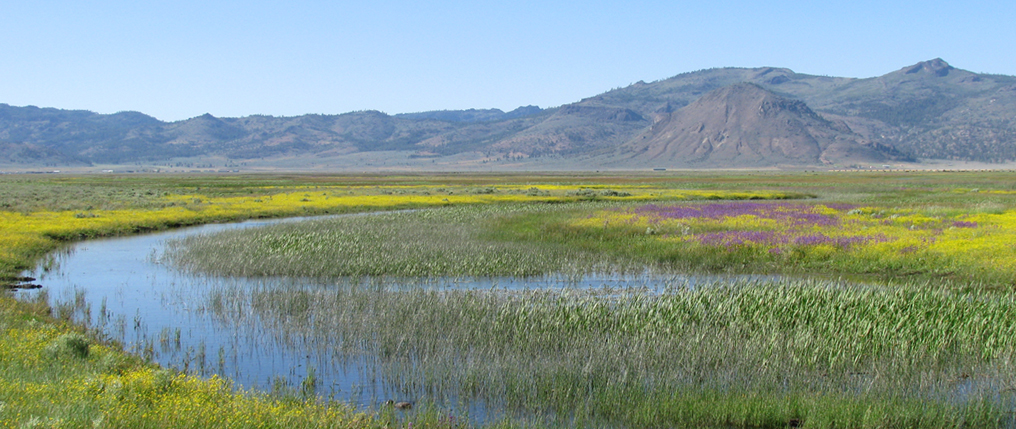
In 1820, at the sight of many feathers floating down from what must have been hundreds of thousands of birds breeding in the Valley at that time, Spanish explorer Captain Louis Arguello plumed the name “Rio de las Plumas” which was later adapted to the county of Plumas. Today the valley and “River of Feathers” headwaters is probably most famous for growing high quality hay and beef. The sight of real cowboys rounding up the herd in a vast grassland and sagebrush landscape evokes a “Home on The Range” feeling for city dwellers but it is an every day way of life up here.
Undoubtedly a mere shadow of the breeding grounds it was back in the day it is still known as a birder’s paradise and an wonderful place to study bountiful wildlife in a wildly scenic location. In addition to over 160 species of birds that have been documented here wild mammal sightings are common including Coyote, Bobcat, Pronghorn, Mule Deer, Badger and many smaller furry critters. Elk are returning to the surrounding hills and it may be just a matter of time before they are seen casually grazing the grassy slopes where today we occasionally spot Black Bear bounding away. They are all drawn here by the abundant food sources the valley and surrounding hills produce. The excellent shelter the marsh and surrounding sagebrush provides is invaluable for breeding birds including some sought after species such as Greater Sandhill Crane, American Bittern, Wilson’s Phalarope and Snipe plus sagebrush species such as Sage Thrasher, Brewer’s and Vesper Sparrows.
The breeding Sierra specialties and vivid neo-tropical birds in the surrounding hills and mountains make a trip to this area in summer a must-do for California birders and an epic adventure for out of area visitors.
The weirdest drought: every year in the Valley is a little different, and some years quite a bit so. Much of the year-to-year differences are attributable to moisture. During wet years the wildflowers can be just off the charts with ducks, Ibis and shorebirds seemingly everywhere. During dry times, as we’ve had the last four years Blackbirds and Sagebrush Sparrows have more territory to exploit and shorebirds are thin. In between years may favor other specialists like the Short-eared Owls that seemed to come out of nowhere in 2011 and 2012.
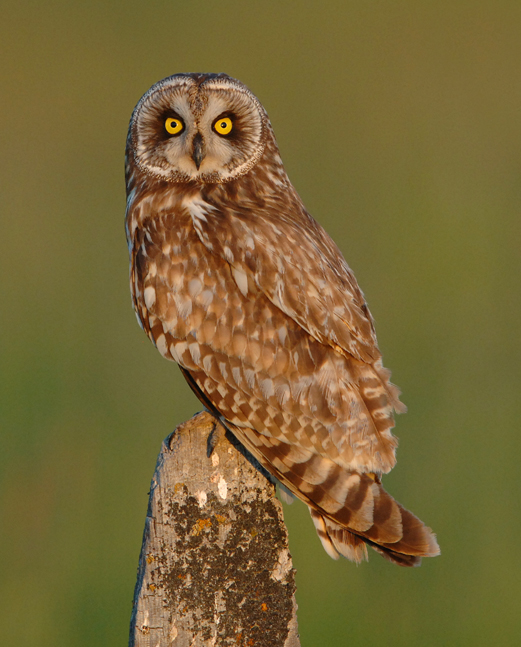
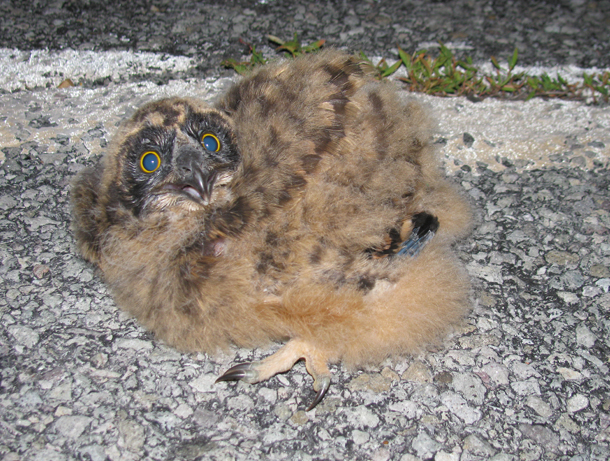
On the heels of a three year drought and following a winter with historically light area winter snowfall we expected a much drier valley on our visit this year. As it turned out our eyes were treated to the sight of glorious green against sky blue and the marshes, while not flush with water, were much wetter than expected. Precipitation had been getting pushed up from Gulf of California – monsoonal type conditions that typically occur late summer. Much to our relief and the benefit of wildlife several weeks of afternoon thunderstorms had made a slight dent in the worrisome drought conditions. During our stay we enjoyed one evening thunderstorm and a continued drizzling much of the next day – together almost an inch of rain. More summer storms have come since then but, after the unusual weather we’ve had the last six months all bets are off as to whether they will continue.
For this visit mid-June however, the weather was wonderful and a couple of cloudy days made for nice for wildlife photography light too. Here are a few of my favorites from this year’s crop:
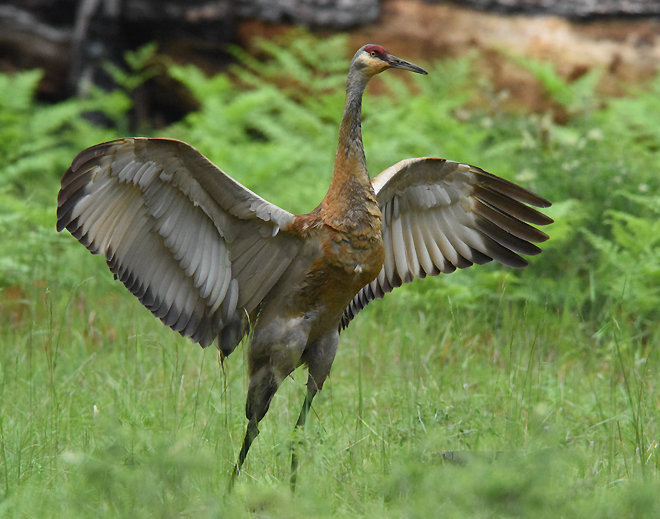
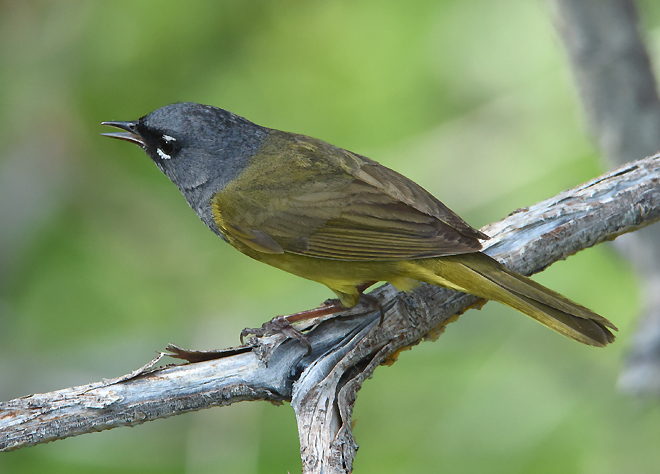
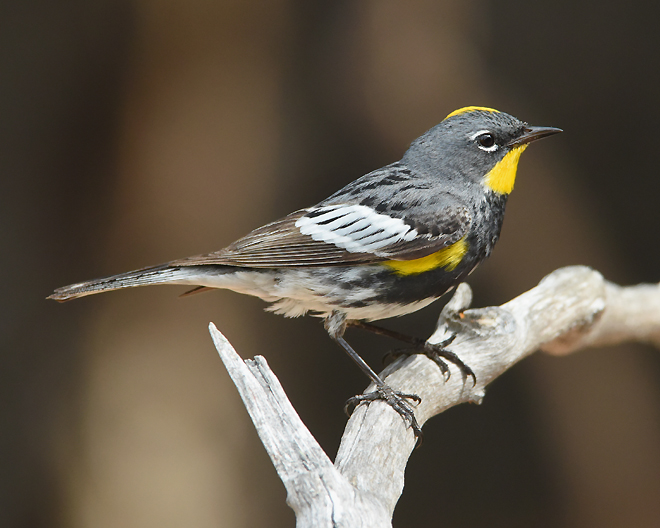
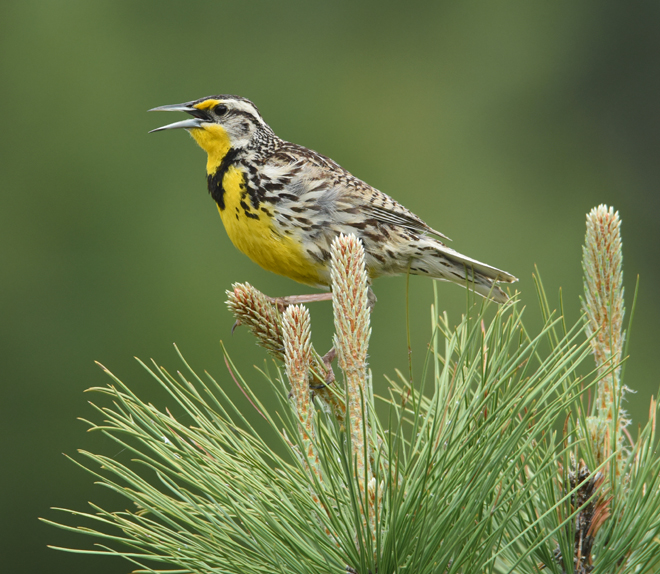
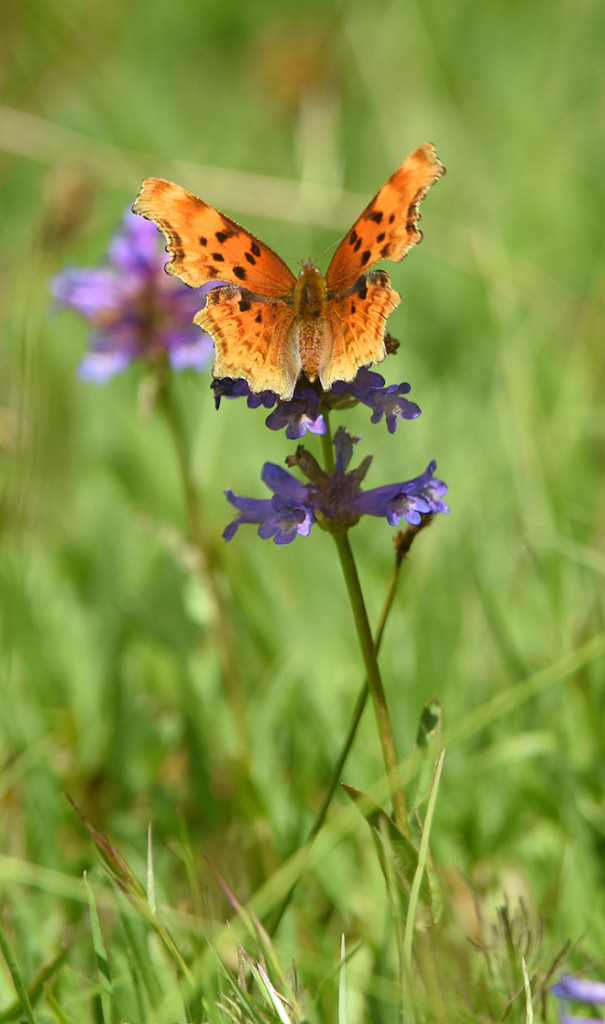

Sorry, comments are closed for this post.